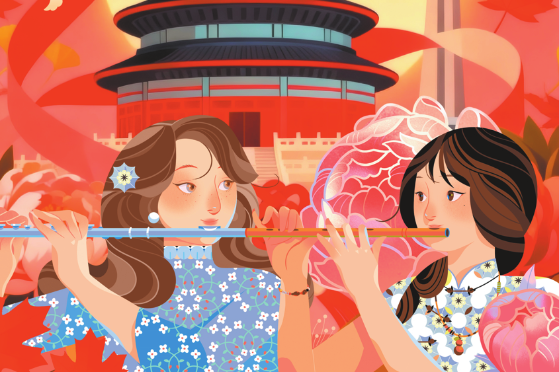A walk down memory lane: Dazu town in 1994


Note: In 1994, Chongqing and Dazu were part of Sichuan province. In 1997 Chongqing became a municipality that today includes Dazu.
In the early 1990s China was well into major economic and social reforms. Growth inevitably was uneven; such was the scale of the task. While southeastern coastal cities were on a rapid development curve, inland areas were often just starting out. For much of southwestern China the main “highway” remained the extensive waterways culminating in the greater Yangtze River catchment area. However, away from the tentacles or tributaries of the river, many towns continued semi-isolated, almost in time warps, relying often on narrow multi-use roads resulting in lengthy, slow travel.
In 1994, I set off on a journey of discovery, partly by rail or road but mostly by boat from Chengdu to Wuhan. After two days on a small ferry between Leshan and Chongqing I decided to temporarily leave the waters and head 160 kilometers northwest, to Dazu, a country town renowned for its Buddhist grottoes.
Departing early morning by bus from Chongqing the route led up through tunnels to a mountain town before joining sections of a partly completed expressway. At times alongside the railway to Chengdu the journey encompassed a series of agricultural communities where it was fascinating observing geese transported on bus roofs!
Pulling off at Youtingzhen we continued north toward Dazu where pedicabs/trishaws gathered around the bus station. Not so sure of hotel names I asked in basic Chinese to be taken to the “Fandian”. Apparently the town’s main hotel was being rebuilt and instead I was carried up to the Beishan (North Hill) Hotel conveniently located for walking toward a hill of the same name. Its delightful garden proved an ideal spot to write up notes on my local explorations. Digital technology was non-existent in 1994.
Arriving in time for a simple lunch I was soon exploring this town whose only mention in my guidebook was about its nearby grottoes! Indeed few tourists actually visited Dazu itself, mostly arriving by tour buses heading directly to the grottoes. A consequence was a relaxed, unhurried feeling and indeed a good place to stay before my onward river journey. Dining was no problem - along with some simple to order meals in the hotel, local streets would come alive at night with many stalls serving cheaply priced dumplings, noodles, hot pot and wok-fried dishes.
Next morning my objective was Beishan Hill, departing early, walking slowly. The estimated time for the climb was 30 minutes but that did not take in the heat and humidity. Initially the route led up through a park via a long series of steps where hawkers sat trying to sell small stone statues. Ahead lay the famed grotto carvings, featuring not only Buddhist but also Taoist and Confucian influence. Possibly there are over one thousand pieces scattered in 40 locations around Dazu. They are rated alongside China’s other great Buddhist caves including Dunhuang, Luoyang and Datong. Beishan for me was more accessible while the larger site at Baoding Shan (Treasured Summit Hill) would prove to be too far away. Earliest works date from around 650 AD but the main period of their creation was from late 9th century onwards.
Reaching the grotto entrance, admission was 10 yuan. Along the cliff face were a series of rock reliefs carved into open cliffs where many darkened niches enclosed small statues. Some passages were cut into the red sandstone itself. Work was underway to upgrade the facilities with laborers chanting, struggling as they heaved stone blocks suspended from bamboo poles. Beyond the grottoes tree-shaded steps led uphill providing ever improving views both down over Dazu and up toward the pagoda where small Buddha figures were embedded in alcoves around its sides.
The heat increasingly made the climb hard work - I felt desperate for iced water! Some small houses clustered nearby, people friendly but curious as to why a lone foreigner would suddenly emerge onto this plateau? I reached a little temple adorned with flags while musical sounds emerged from flutes and crashing cymbals. It proved a great vantage point to take in the superb views across this extensive dissected sandstone plateau. Again I passed curious but always friendly farmers, villagers and even families as I descended alongside at times precipitous drops. Thankfully a small pavilion provided shelter from menacing thunderstorms.


































